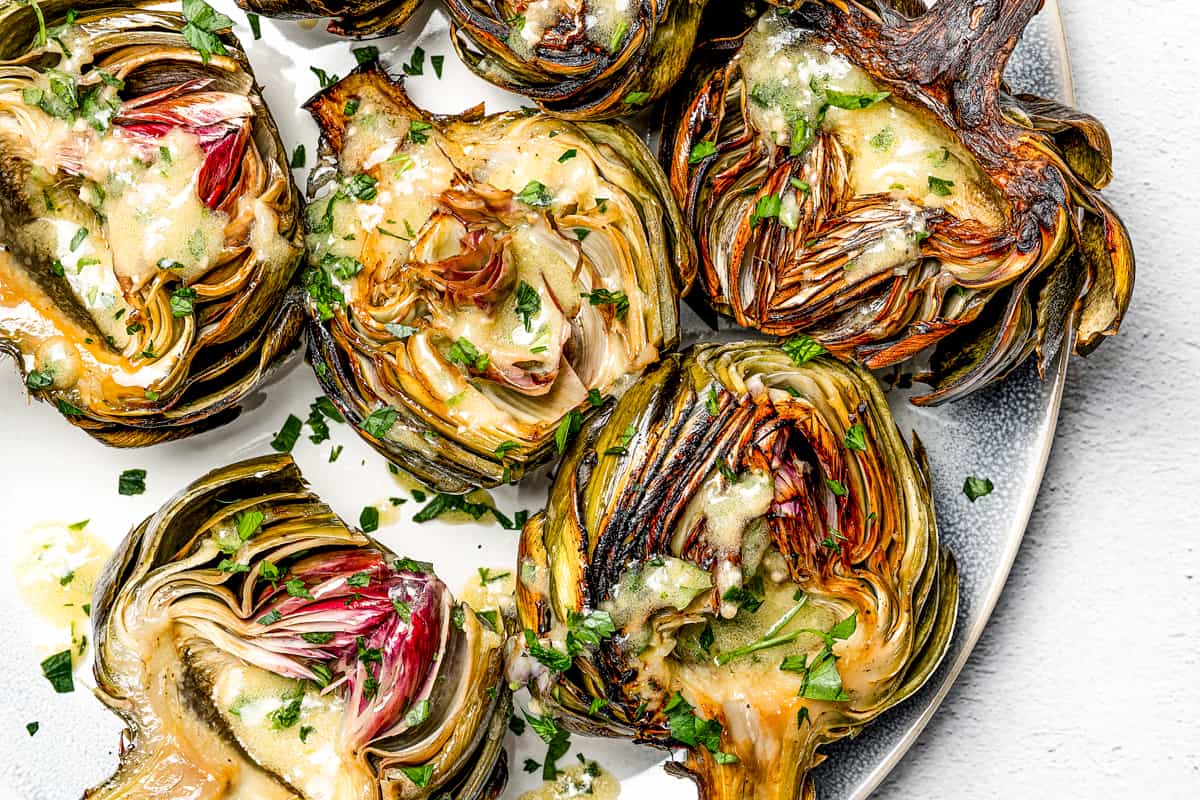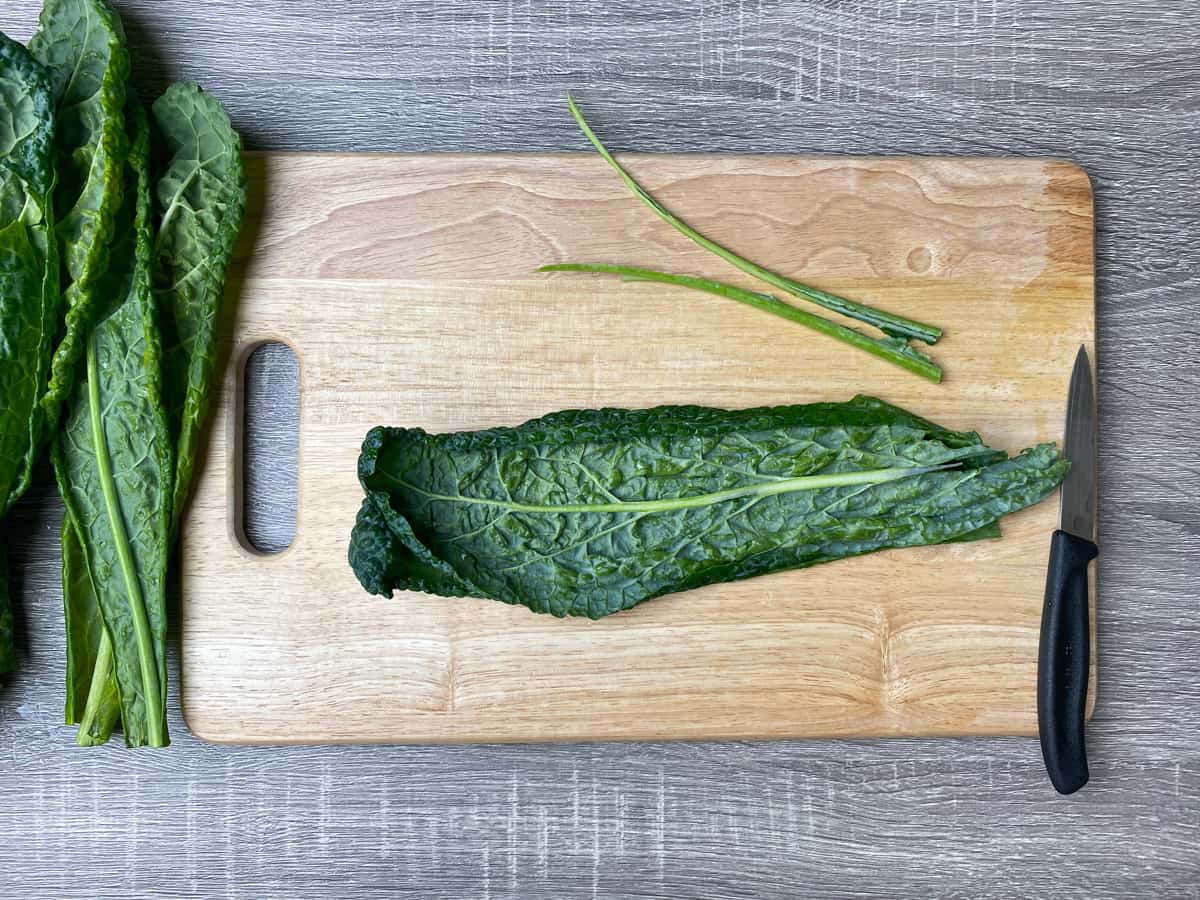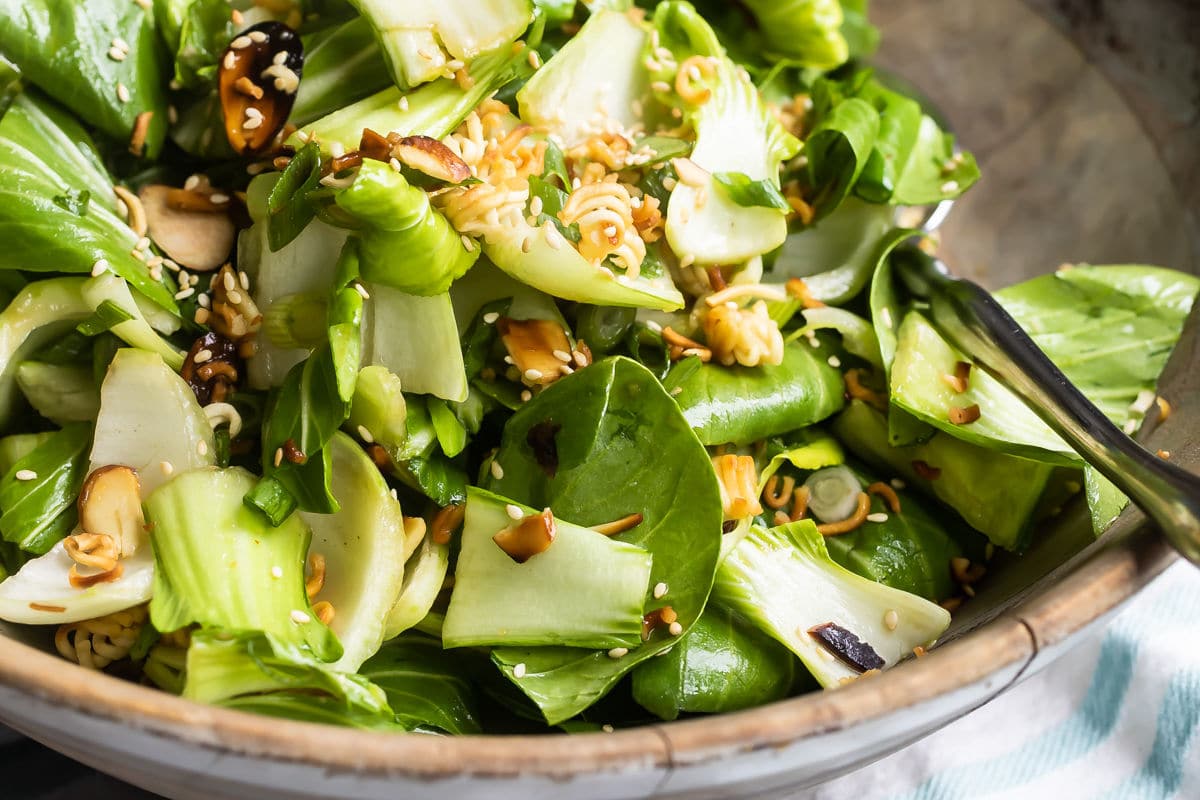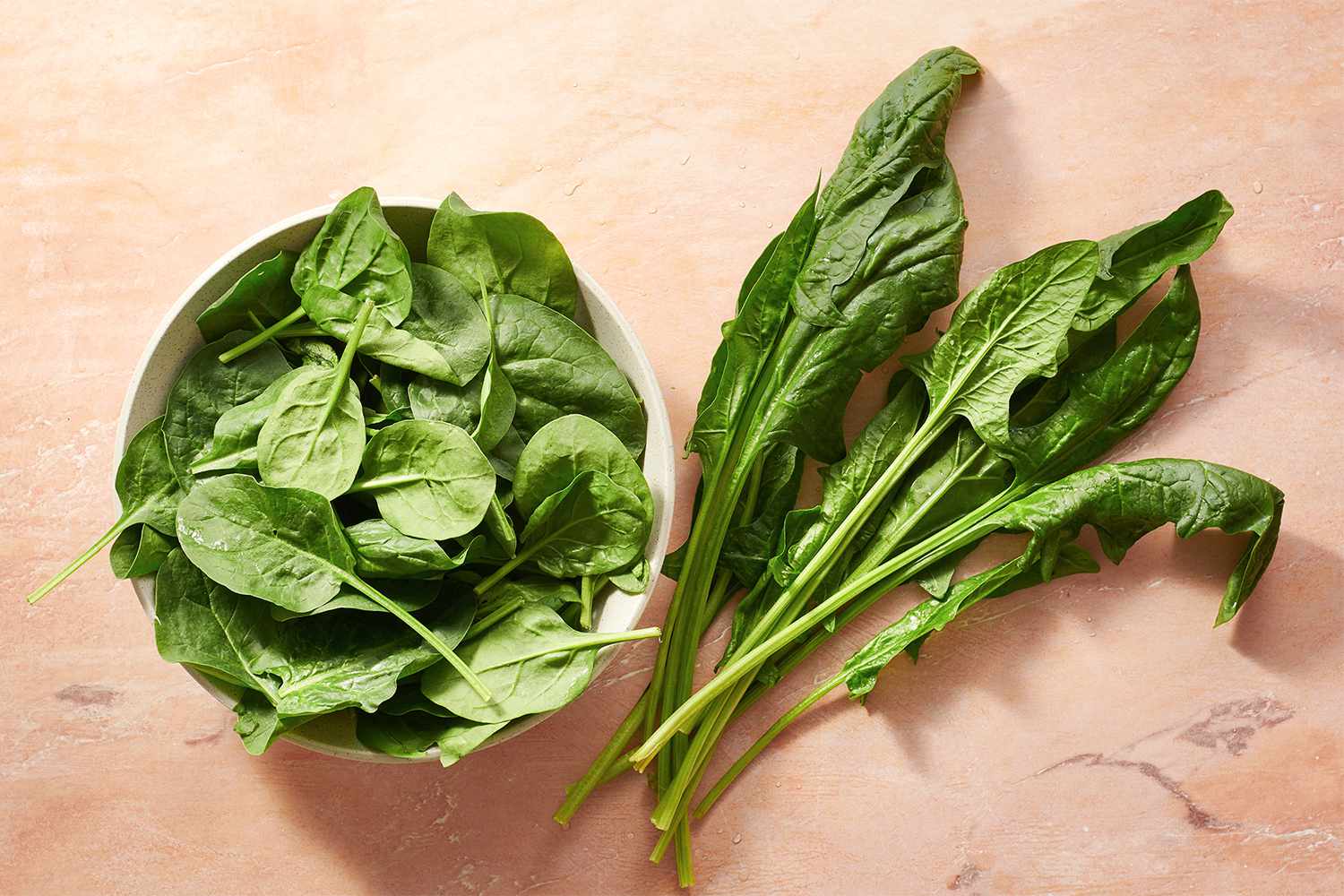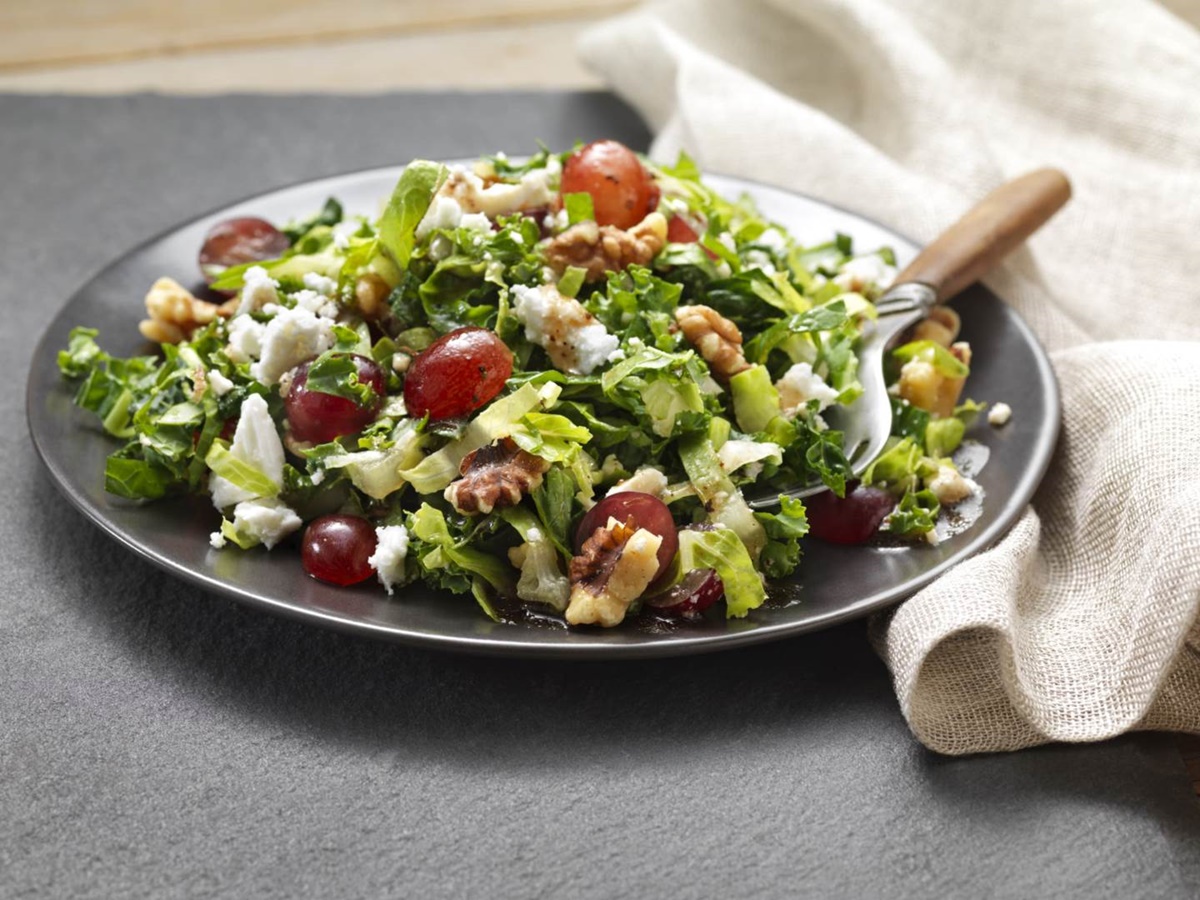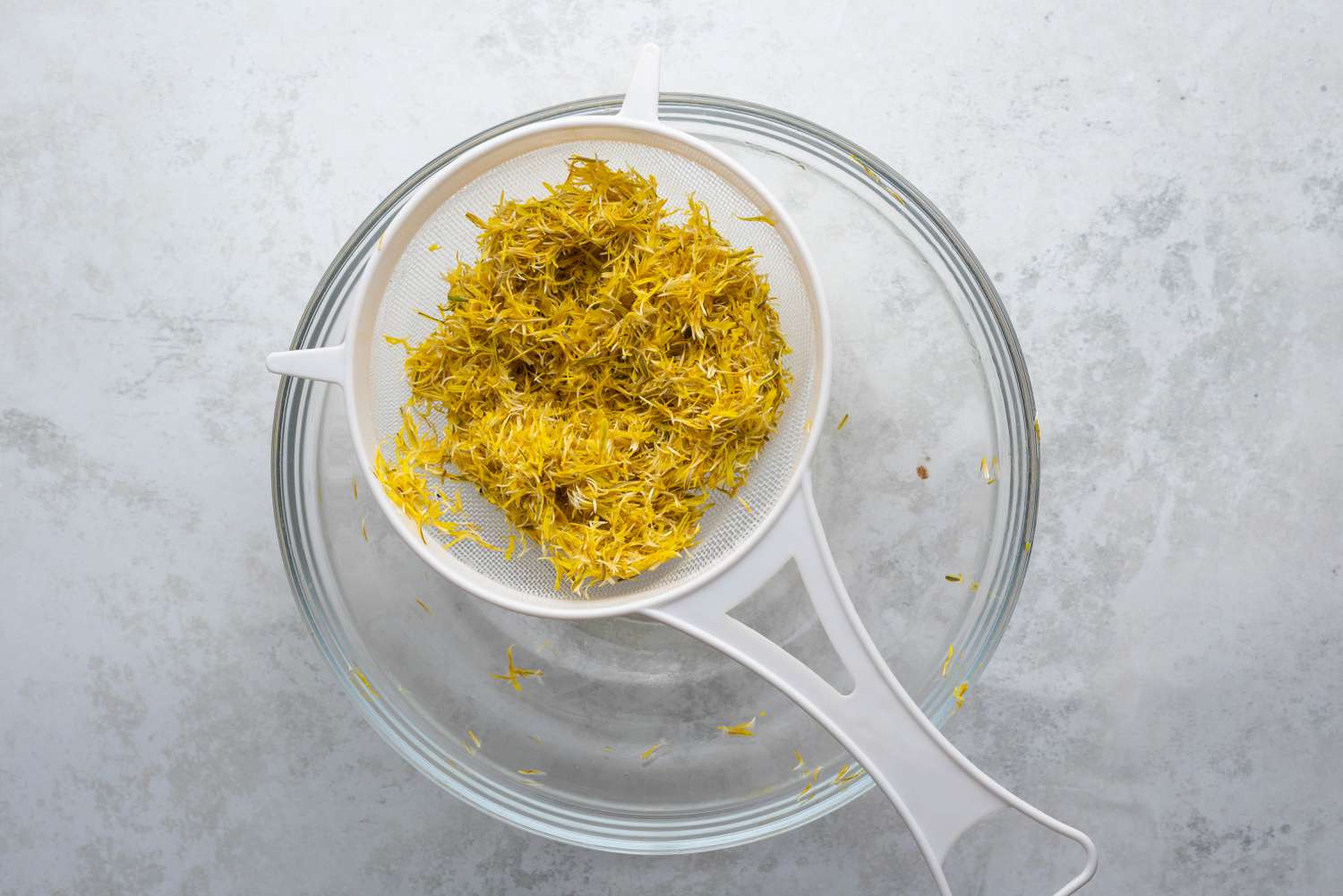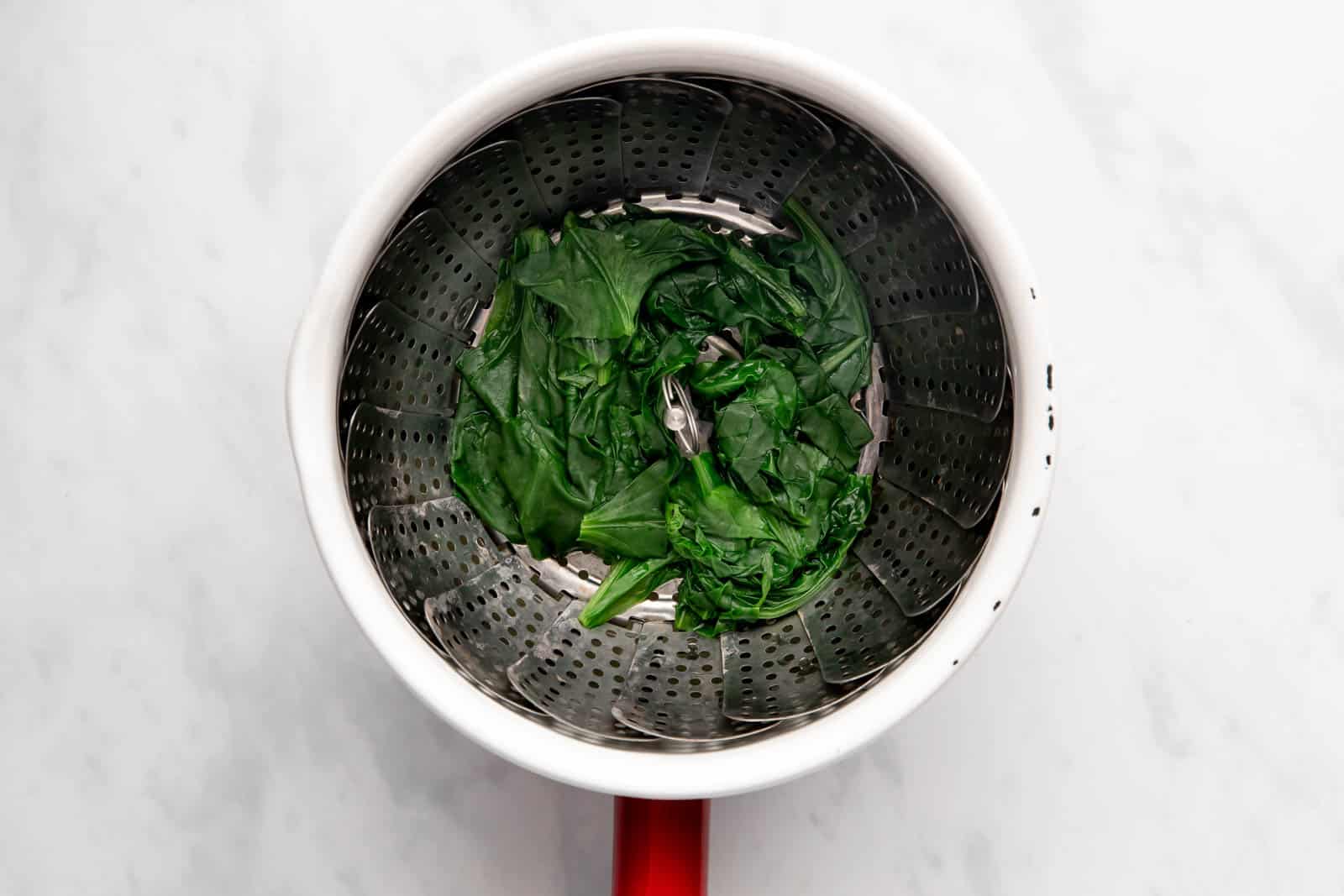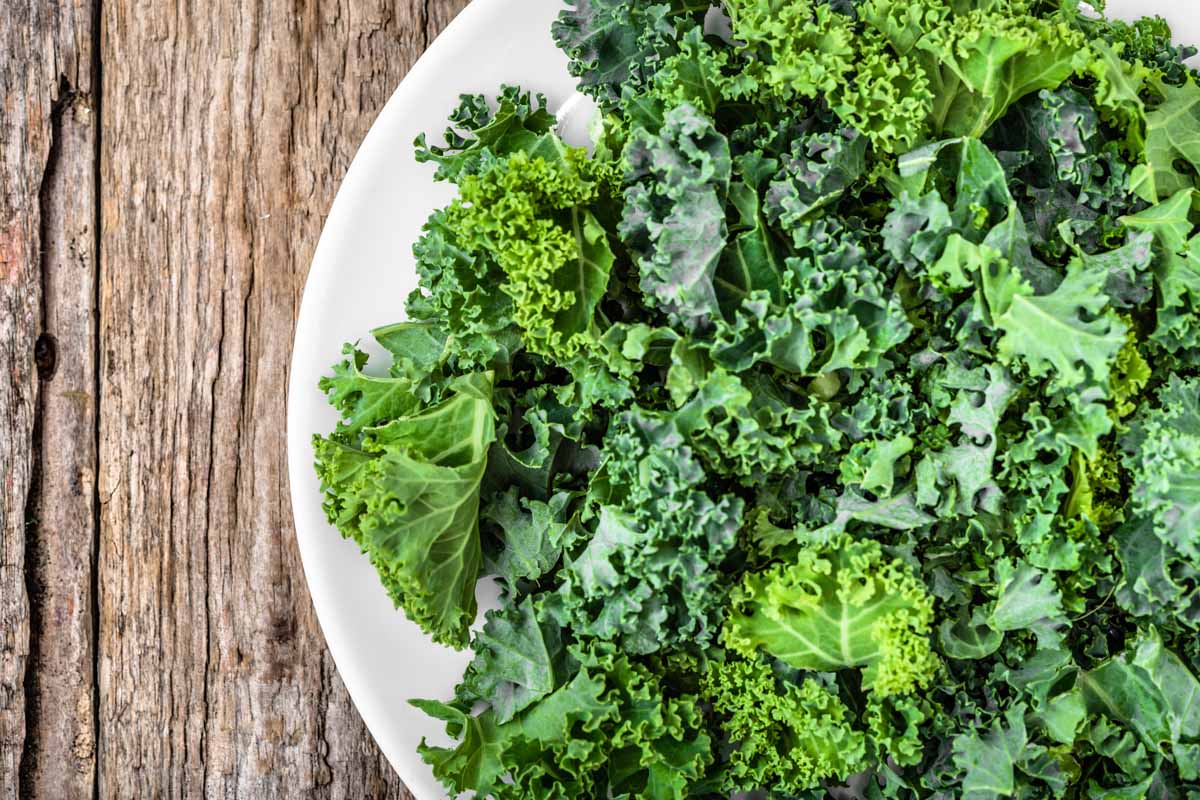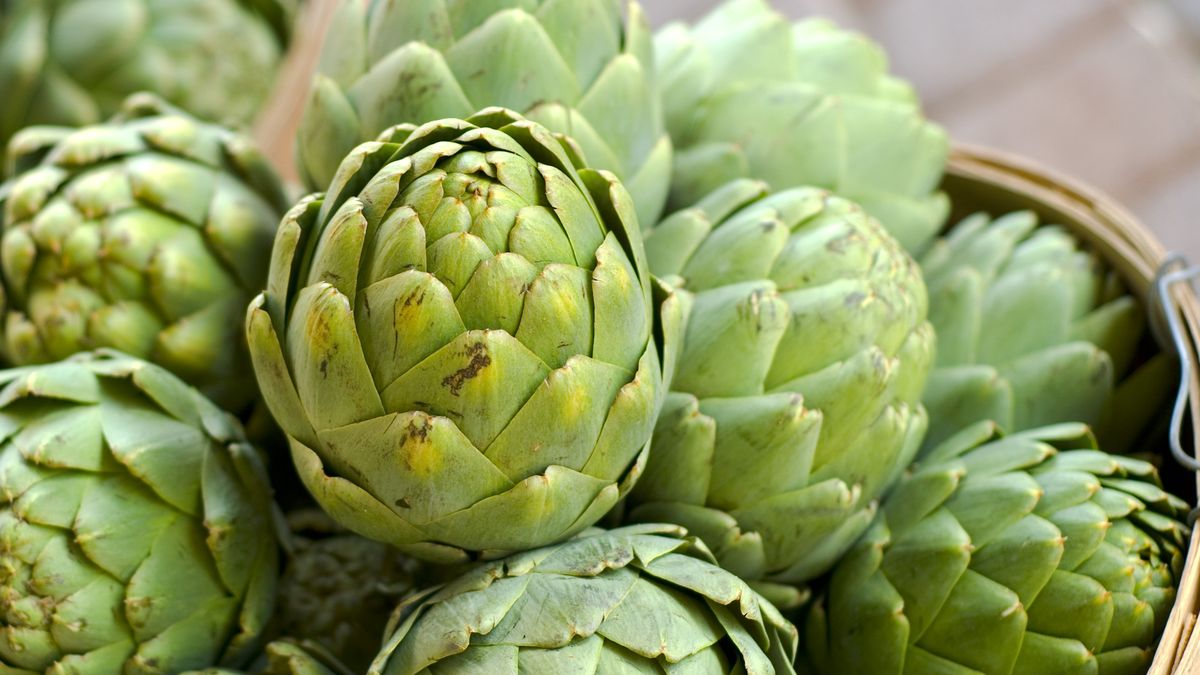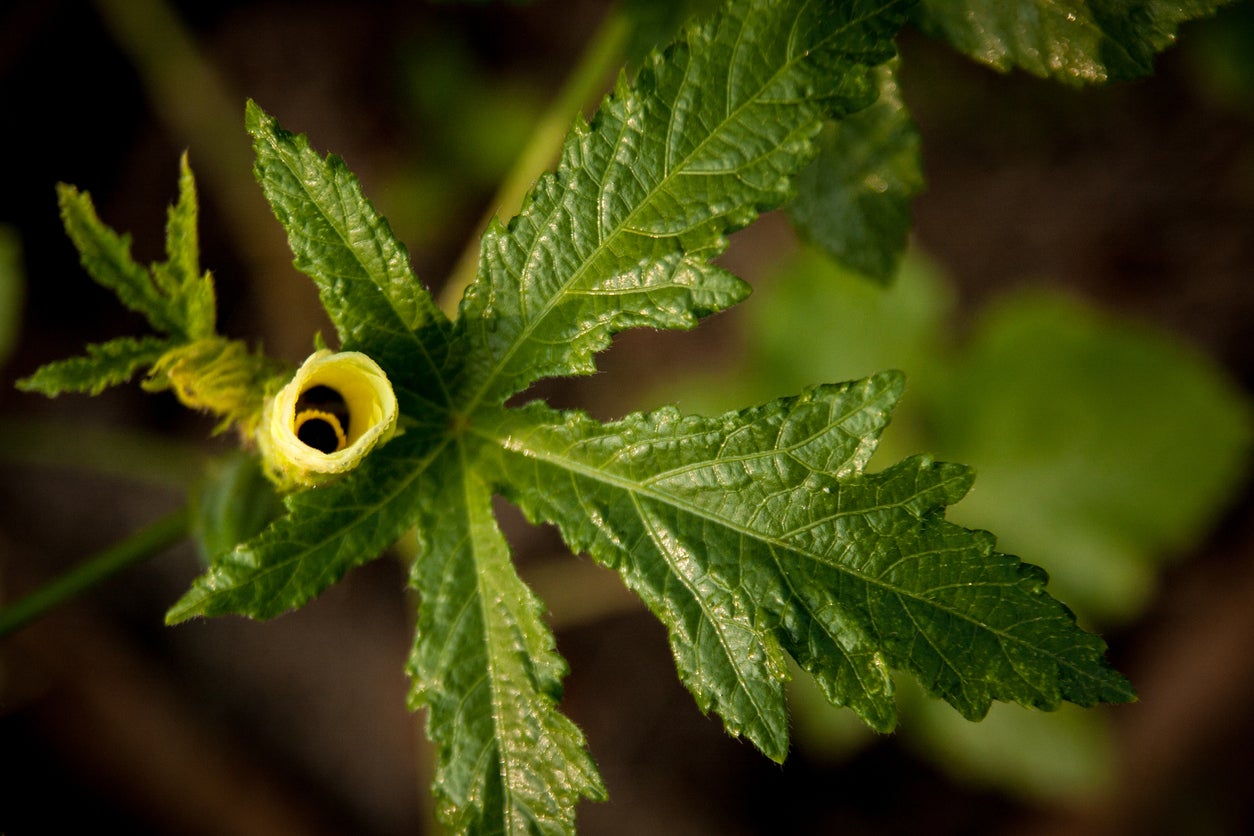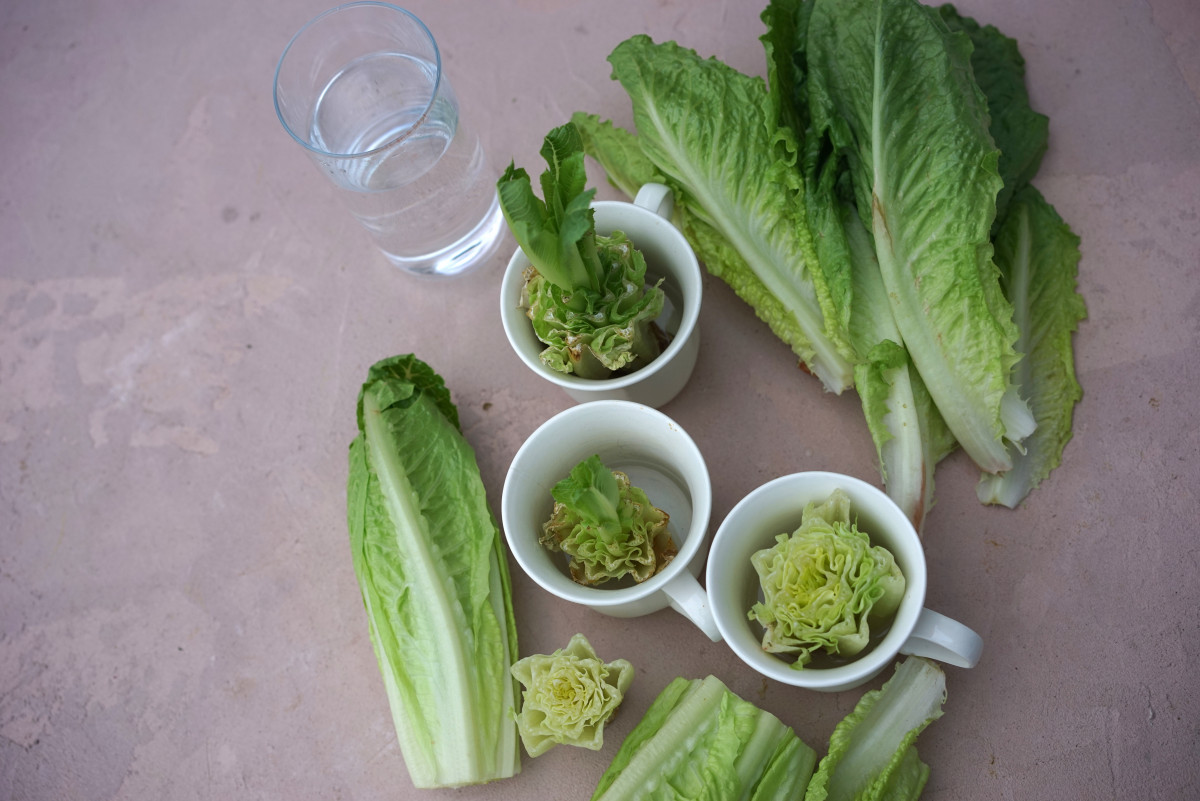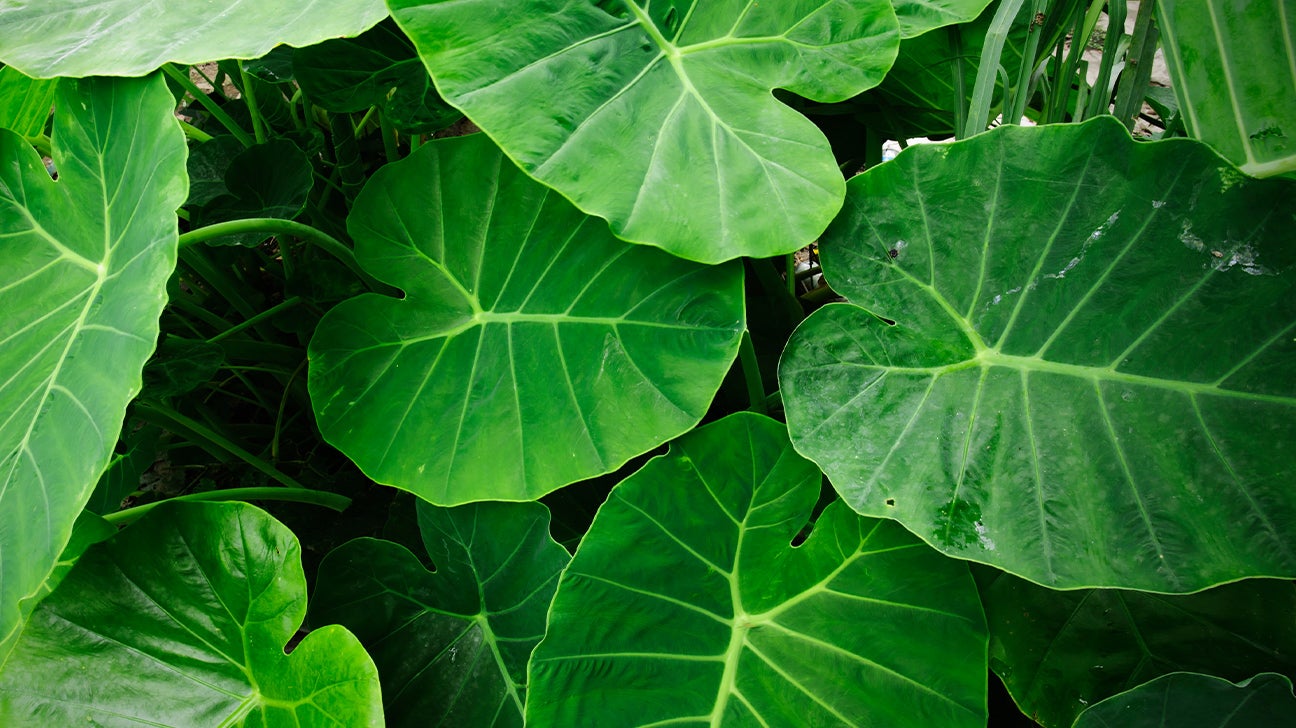Enjoying Salad Leaves: A Guide to Making the Most of Your Greens
Salad leaves are a versatile and nutritious addition to any meal. Whether you’re a salad enthusiast or someone who is trying to incorporate more greens into your diet, there are numerous ways to enjoy and make the most of salad leaves. From choosing the right varieties to preparing and serving them, here’s a comprehensive guide on how to eat salad leaves.
Choosing the Right Salad Leaves
When it comes to salad leaves, the options are plentiful. From delicate butter lettuce to robust kale, each variety offers a unique flavor and texture. Here are some popular salad leaves to consider:
- Lettuce: Crisp and refreshing, lettuce varieties such as romaine, butterhead, and iceberg are perfect for classic salads.
- Spinach: Packed with nutrients, spinach leaves are great for salads, smoothies, and cooked dishes.
- Arugula: Known for its peppery flavor, arugula adds a bold kick to salads and sandwiches.
- Kale: A nutritional powerhouse, kale can be enjoyed raw in salads or massaged to create a tender texture.
Preparing Salad Leaves
Before diving into a bowl of greens, it’s essential to properly prepare the salad leaves. Here are some steps to ensure your salad leaves are clean and ready to eat:
- Wash: Thoroughly rinse the salad leaves under cold water to remove any dirt or debris.
- Dry: Use a salad spinner or pat the leaves dry with a clean kitchen towel to remove excess moisture.
- Store: If not serving immediately, store the salad leaves in a breathable container lined with paper towels to maintain freshness.
Ways to Enjoy Salad Leaves
Now that your salad leaves are prepped and ready to go, it’s time to explore the various ways to enjoy them. Here are some ideas to elevate your salad game:
- Classic Salad: Toss your favorite salad leaves with a variety of colorful vegetables, nuts, seeds, and a drizzle of vinaigrette for a classic and refreshing salad.
- Smoothies: Add a handful of spinach or kale to your morning smoothie for an added dose of vitamins and minerals.
- Sandwiches and Wraps: Use large lettuce leaves or spinach as a nutritious alternative to bread or tortillas in sandwiches and wraps.
- Stir-Fries: Incorporate hearty greens like kale into stir-fries for a nutritious and flavorful addition.
Experimenting with Flavors
Don’t be afraid to get creative with your salad leaves. Experiment with different flavor combinations and textures to keep things interesting. Consider adding fruits, cheese, protein, and a variety of dressings to create a unique and satisfying salad experience.
By following these tips, you can make the most of your salad leaves and elevate your meals with nutritious and delicious greens. Whether you’re enjoying a simple side salad or incorporating greens into a main dish, there are endless possibilities when it comes to eating salad leaves.
So, the next time you’re at the grocery store or farmers’ market, pick up a variety of salad leaves and get ready to embark on a culinary adventure filled with vibrant flavors and wholesome nutrition.
